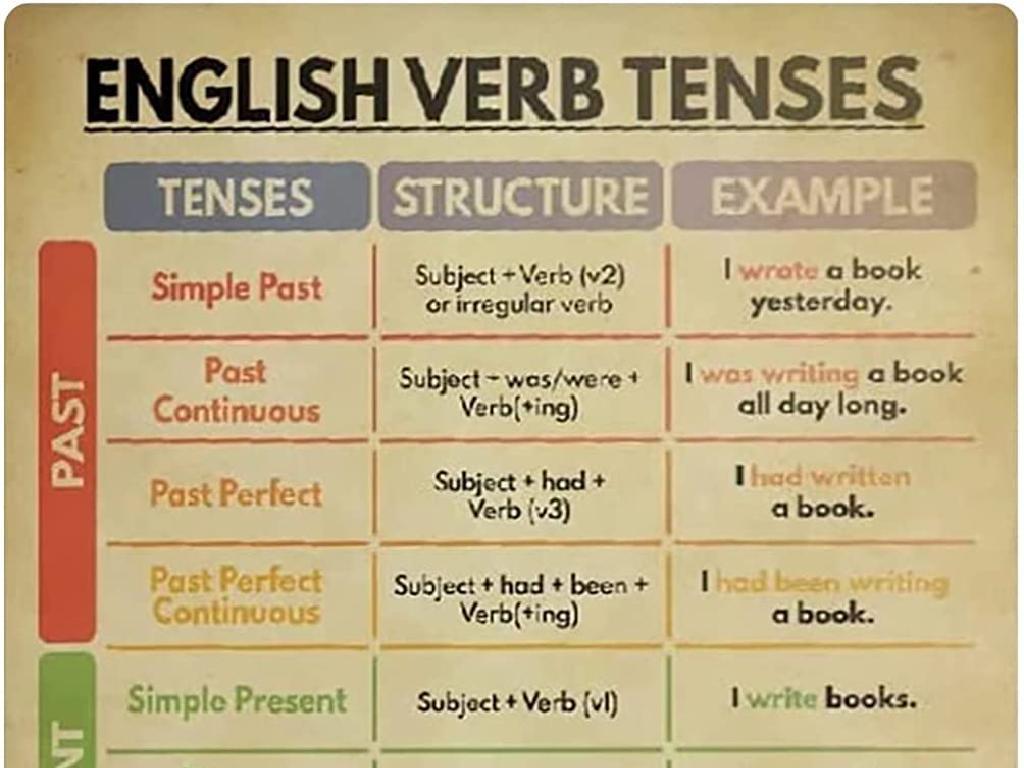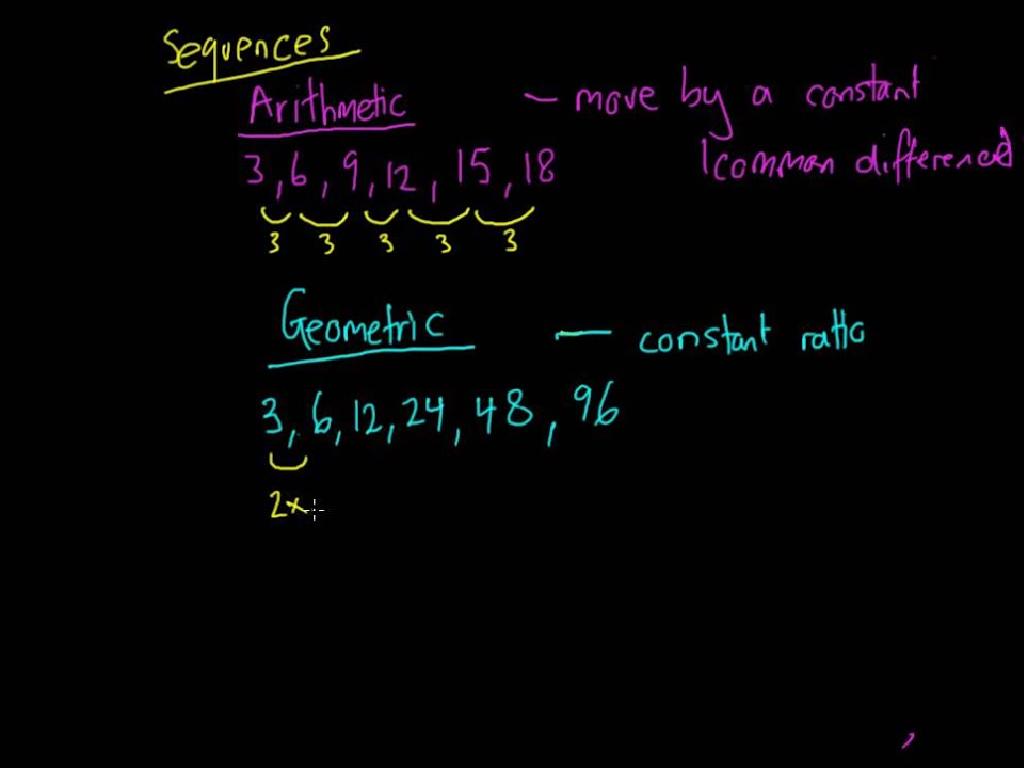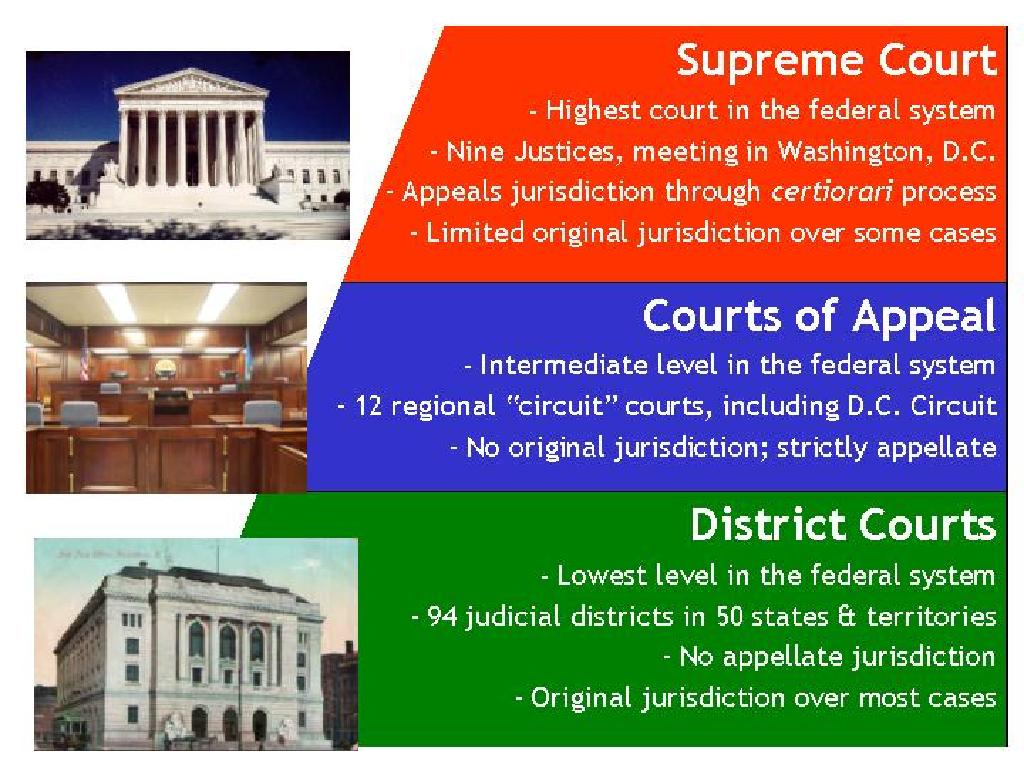Skip-Counting By Fives
Subject: Math
Grade: First grade
Topic: Skip-Counting
Please LOG IN to download the presentation. Access is available to registered users only.
View More Content
Welcome to Skip-Counting by Fives!
– What is skip-counting?
– Skipping numbers in a pattern to count faster
– Counting by fives is fun!
– Like hopping over numbers: 5, 10, 15, 20…
– How to skip-count by fives
– Start at 5 and add 5 more each time: 5, 10, 15…
– Skip-counting as a math superpower
– It helps us add and subtract quickly and easily
|
Introduce the concept of skip-counting to the students, explaining that it’s a way to count faster by ‘skipping’ over numbers. Demonstrate counting by fives using real-life examples, like counting nickels or tallying up high-fives. Show them how to start at 5 and add 5 each time to continue the sequence. Emphasize that skip-counting is a useful skill that can make adding and subtracting larger numbers much easier. Encourage the students to practice by counting objects in groups of five or by clapping and jumping as they count. Prepare a few interactive activities, such as a number line hopscotch or a group counting game, to reinforce the concept.
Learning to Skip-Count by Fives
– What is skip-counting?
– Counting by numbers other than one
– Skip-counting is like hopping
– Imagine hopping over numbers on a number line
– Practice skip-counting by fives
– Start at 0 or 5 and add 5 each time
– Let’s count by fives together
– We’ll count in fives as a class activity
|
This slide introduces the concept of skip-counting, a fundamental skill in early mathematics that helps with number sense, addition, and multiplication. Explain that skip-counting is like jumping over certain numbers instead of counting each one. Use visuals like a number line with hops to illustrate the concept. During the class activity, guide the students to count aloud by fives, starting from zero or five, to help them understand the pattern. Encourage them to use their fingers to count the hops and visualize the numbers they are skipping. This interactive approach will help solidify their understanding of skip-counting by fives.
Counting by Fives
– Start at 5 and jump by 5
– Like hopscotch: 5, 10, 15, 20…
– Each jump adds another 5
– Just like adding 5 each time: 5+5=10, 10+5=15…
– Practice counting to 50 by fives
– Let’s do it together: 5, 10, 15… all the way to 50!
– Understand the pattern
– Notice how the last digit alternates: 0, 5, 0, 5…
|
This slide introduces first graders to the concept of skip-counting by fives. Begin by explaining that skip-counting is like hopping from one number to the next, skipping some in between. Use visual aids like number lines or counters if possible. Demonstrate counting by fives, emphasizing the pattern that emerges. Encourage students to join in and count aloud as a group. Highlight the alternating pattern in the ones place to help them predict the next number in the sequence. This activity builds a foundation for multiplication and helps with quick addition.
Hands-On Counting by Fives
– Count using our five fingers
– Hold up a hand, count by fives: 5, 10, 15…
– Each hand adds five more
– Add another hand, keep counting: 20, 25, 30…
– How many hands make 50?
– Use your hands to count to 50 by fives
|
This slide introduces a hands-on activity for first graders to learn skip-counting by fives using their hands as visual and tactile aids. Start by showing one hand and counting by fives, emphasizing that each hand represents five. Then, ask students to add another hand and continue counting up in increments of five. The goal is to determine how many hands are needed to reach 50. This activity not only teaches skip-counting but also reinforces the concept of multiplication as repeated addition. For the activity, students can work individually or in groups, using their hands to count together. Encourage them to visualize the number 50 as ten sets of five, relating it to the number of fingers on two hands. This concrete representation helps solidify their understanding of skip-counting by fives.
Skip-Counting by Fives Practice
– Let’s practice skip-counting by 5s
– Fill in the blanks on your worksheet
– We’ll use the worksheet to count by fives
– Add five more if you’re unsure
– Example: If you have 10, what comes next? 15!
– We’ll do it together as a class
|
This slide is designed to engage students in a hands-on activity to reinforce their understanding of skip-counting by fives. The worksheet should have a series of numbers with blanks for the students to fill in. Start with easy sequences that begin with 0 or 5, and gradually increase difficulty. Encourage students to use their fingers to count if they need to and remind them that they can always add five to the last number to find the next one. As they work, walk around the classroom to offer help and praise their efforts. After the activity, review the answers as a class to ensure understanding and celebrate their success in learning to skip-count by fives.
Skip-Counting by Fives Game
– Let’s play a skip-counting game
– Move 5 spaces each turn
– Each space represents a count by five
– Who will reach the end first?
– Practice counting by fives
– Example: 5, 10, 15, 20…
|
This interactive game is designed to help first graders practice skip-counting by fives in a fun and engaging way. Set up a game board with spaces that students can move their pieces along. Each turn involves moving a piece five spaces forward, which encourages the students to count by fives. The goal is to reach the end of the board first. This activity not only reinforces the concept of skip-counting but also introduces a competitive element to maintain the students’ interest. Possible variations of the game could include using dice to add randomness, incorporating obstacles, or having students count aloud as they move their pieces. The key is to ensure that students are actively engaged in counting by fives to enhance their understanding of the concept.
Counting by Fives Parade
– We’re having a classroom parade
– You’ll each get a multiple of five
– Numbers like 5, 10, 15, 20…
– March and call out numbers in order
– Practice skip-counting by fives
|
This activity is designed to help students practice skip-counting by fives in a fun and engaging way. Each student will receive a sign with a number on it (5, 10, 15, etc.). As the class forms a line for the parade, ensure they are in the correct order. Start the parade with music to make it more exciting. As they march around the classroom, each student will call out their number when it’s their turn. This reinforces the concept of skip-counting by fives and helps them visualize the sequence. Possible variations of the activity could include having students create their own signs, or pairing up to hold signs together for larger numbers. The goal is to make learning this math concept an enjoyable experience.
Conclusion: Skip-Counting by Fives
– Excellent work with counting by fives!
– Why is skip-counting useful?
– Helps in learning multiplication and telling time.
– Practice makes perfect – try it at home!
– Share your counting skills with others!
– Count with family, friends, or using objects!
|
Today’s class focused on skip-counting by fives, an important skill that helps with understanding patterns in numbers, preparing for multiplication, and even telling time. Encourage the students to reflect on why skip-counting is a useful tool and how it can be applied in everyday situations. Remind them to practice at home, which can be done through fun activities like counting toys, steps, or anything in groups of five. Encourage them to involve their family and friends in practicing to make the learning experience more enjoyable and interactive. Reinforce the concept by asking students to demonstrate or explain skip-counting to someone who wasn’t in class today.






